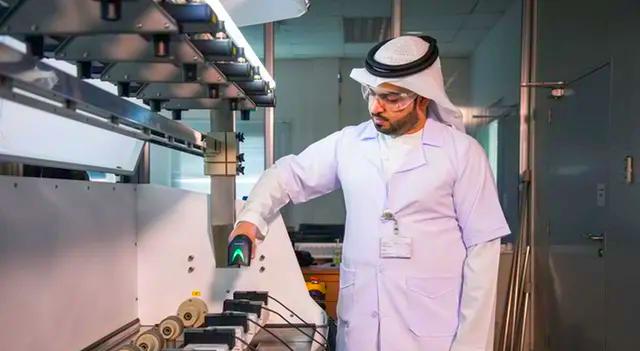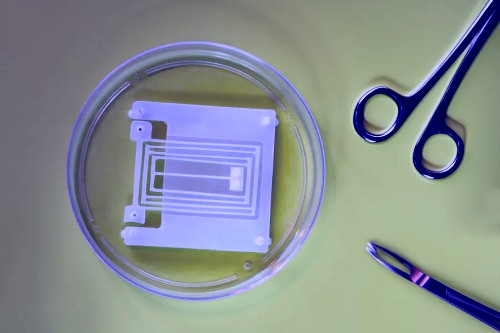Eyes an area of focus for diabetes patients
DUBAI – Cases of diabetes have increased manifold over the last decade, primarily because of the sedentary lifestyle and unhealthy eating habits, according to a doctor.
“The result is that the Southeast Asia and the Middle East have become “epidemic areas” for this disease,” said Dr Sumeet Sukhi, Specialist Ophthalmologist, Zulekha Hospital, Dubai.
Diabetes is a multisystem disease that can affect virtually every part of the body in a gradual but deceptive manner, said the expert. “In the eye it can also lead to various harmful effects, but the most prominent of them is the retinopathy that ensues with prolonged diabetes.”
The retina is the innermost coat of the eye where the visual image is formed. With prolonged diabetes, this layer gets affected due to lesser blood flowing in it. Retinal affliction (called diabetic retinopathy) in the eye starts as small hemorrhages in the eye and if unchecked, goes on to more severe manifestations causing significant morbidity in the eye.
Soon the hemorrhages become bigger and fat deposition starts in the centre of retina (macula), the area of retina associated with fine vision like reading, writing causing vision problems. If timely action is not taken, it could result in loss of vision. Medically, the retinopathy can be divided into the early (mild), mid (moderate) and late (severe) diabetic retinopathy. Cases of mild retinopathy require regular observation only, whereas moderate to severe stages may mandate medical or surgical intervention.
Initially, medical treatment is sufficient in the form of laser treatment. The laser treatment is a simple outpatient procedure which hardly takes 10-15 minutes. No special anaesthesia is required and it is performed under the effect of local eye drops only.
If given in time, laser therapy avoids severe complications in more than 80 per cent of the cases. Diabetics should get themselves screened for retinopathy, once every year, so that if the disease ensues it can be treated early.
Source : Khaleej Times









Post Comment
You must be logged in to post a comment.